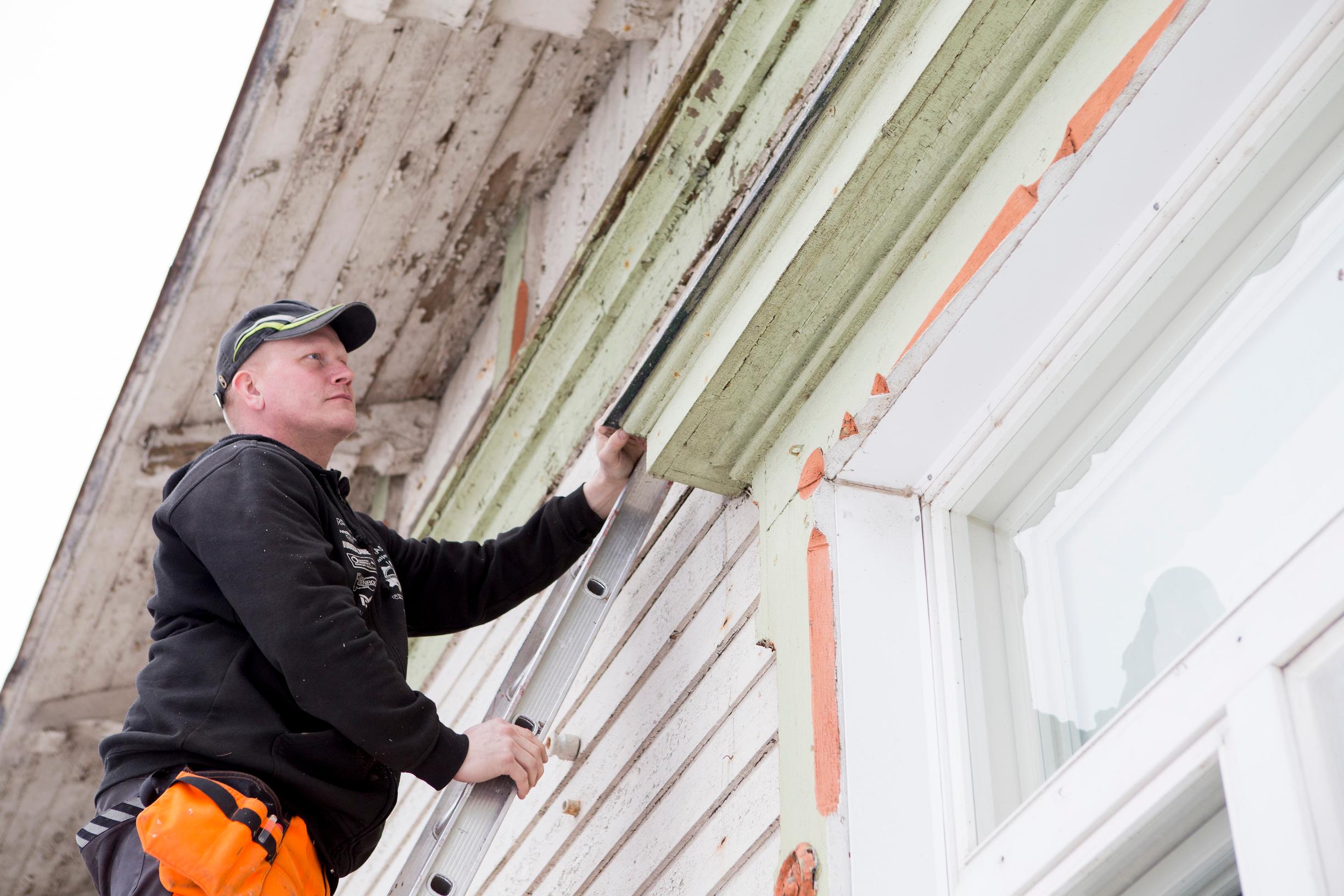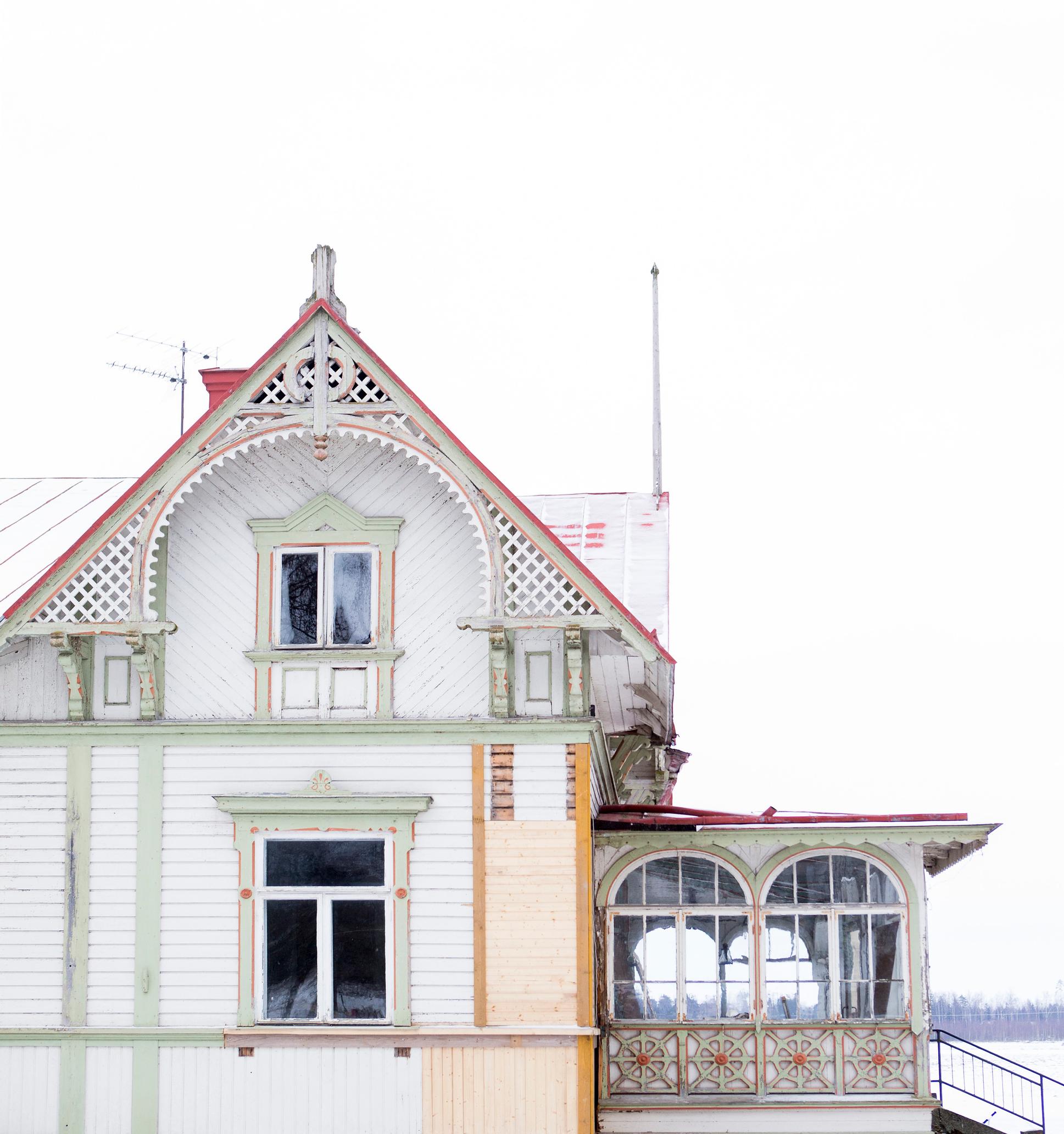
A busy single mom and a 650-square-meter rundown villa: “I bought a 120-year-old manor and now try to manage with it”
A French-style villa built in 1900 by Victor Forselius captivated Anna Mariasik. Now this single mother of three small children who works six days a week is faced with hundreds of square meters to renovate. Anna has no regrets—she believes it’s always better to fulfill your dreams.
The house burned down around Christmas. A candle knocked over by the cat started the blaze. The neighborhood children cried, “Where are we going to have our Christmas dinner?”
The owner of the house, businessman Victor Forselius used to celebrate Christmas here. He would invite all his tenant farmers and their families for a Christmas meal, in total more than a hundred people. Forselius even brought oranges, the biggest treat of them all. Though he never had children himself, he was fond of them.
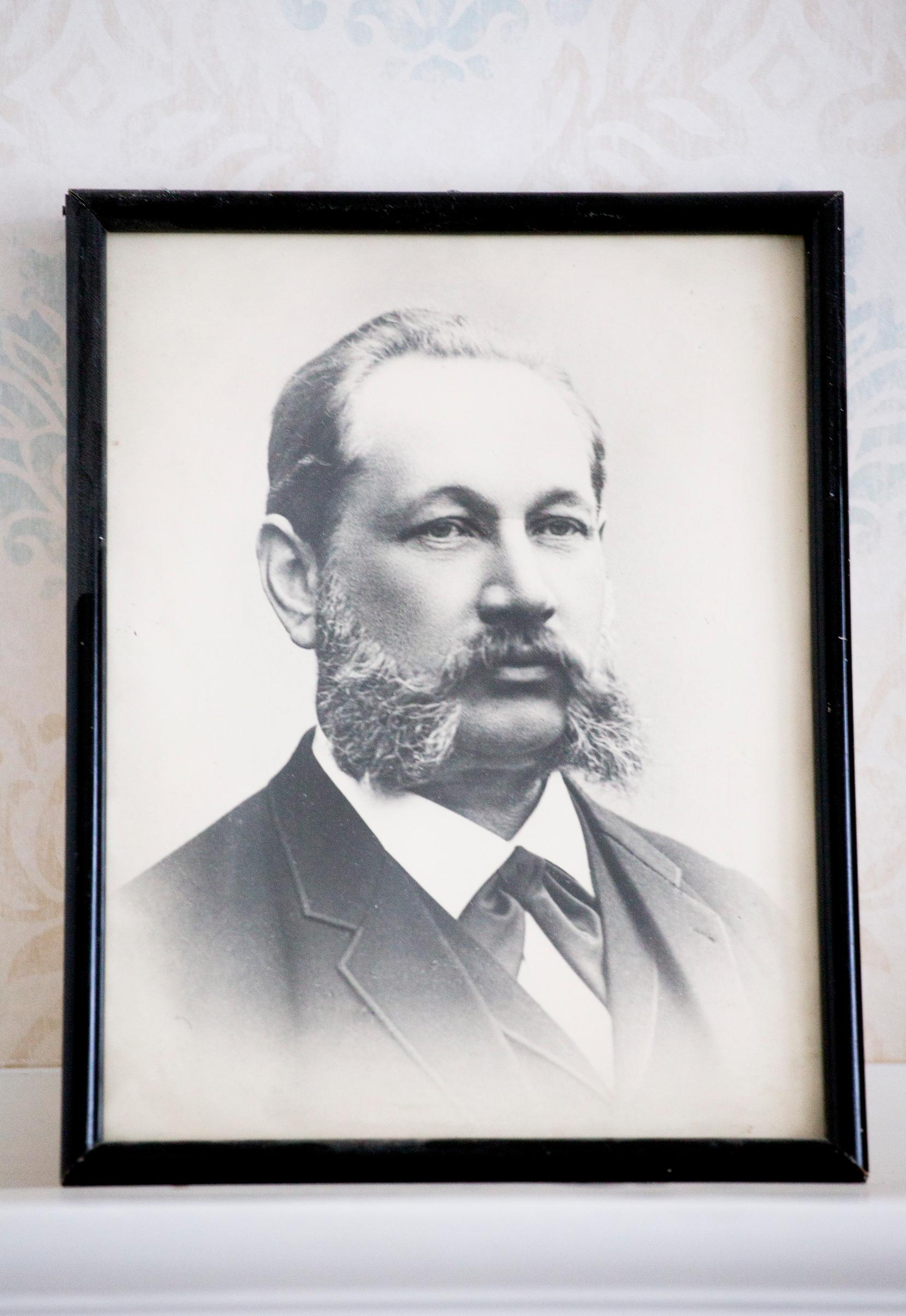
It didn’t take long before Forselius started building a new, even grander house where the previous one had stood. Construction began in 1898. According to family lore, local builders constructed the villa, using a French postcard as the blueprint. Forselius had a clear vision of an elegant and decorative French-style, two-story wooden house in the middle of the fields.
Because no blueprint existed, the decorative trusses for the house’s ends were put up first and then viewed from a distance to see how they looked. Sometimes the result wasn’t satisfactory, and they would tear it down and rebuild.
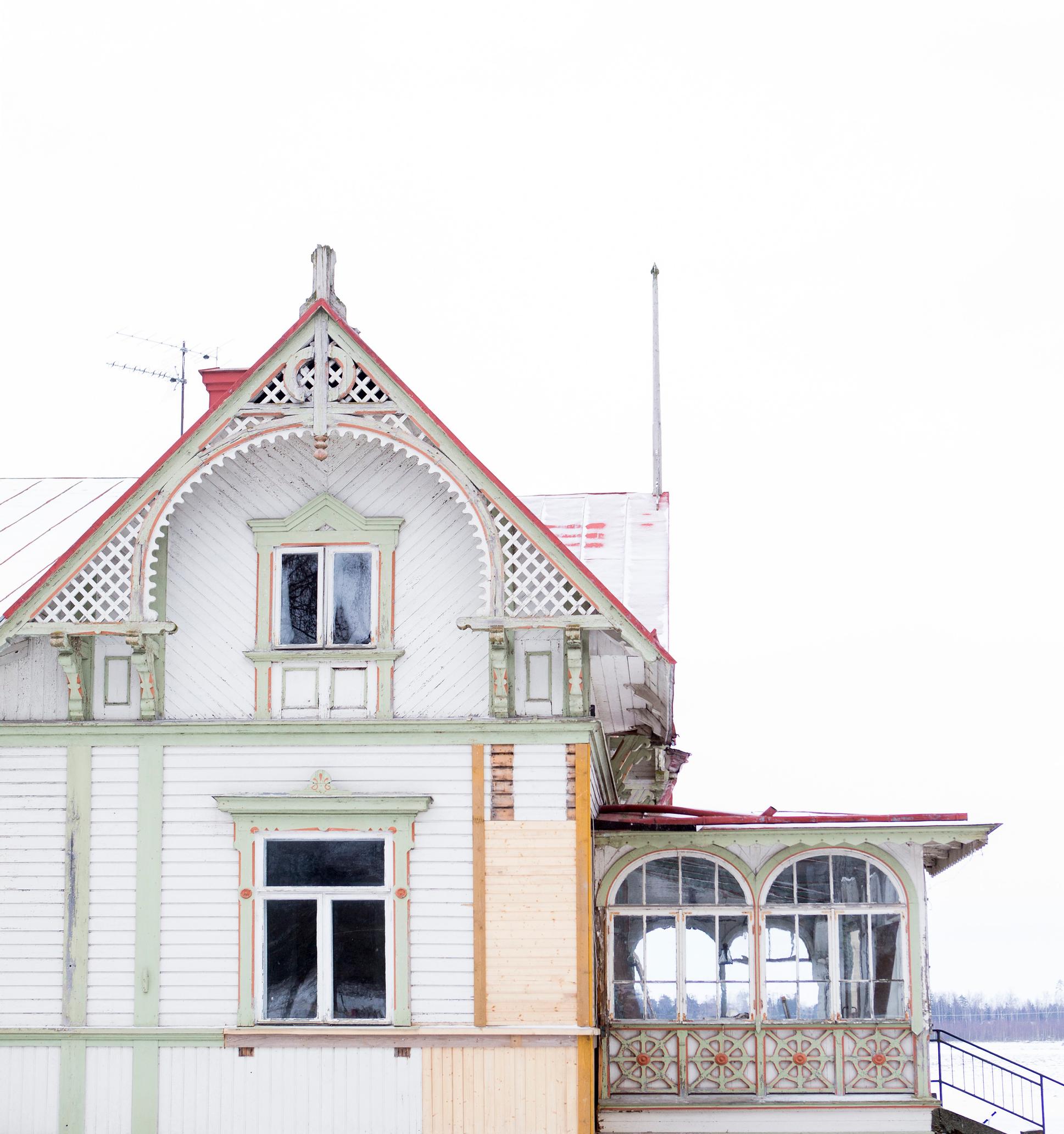
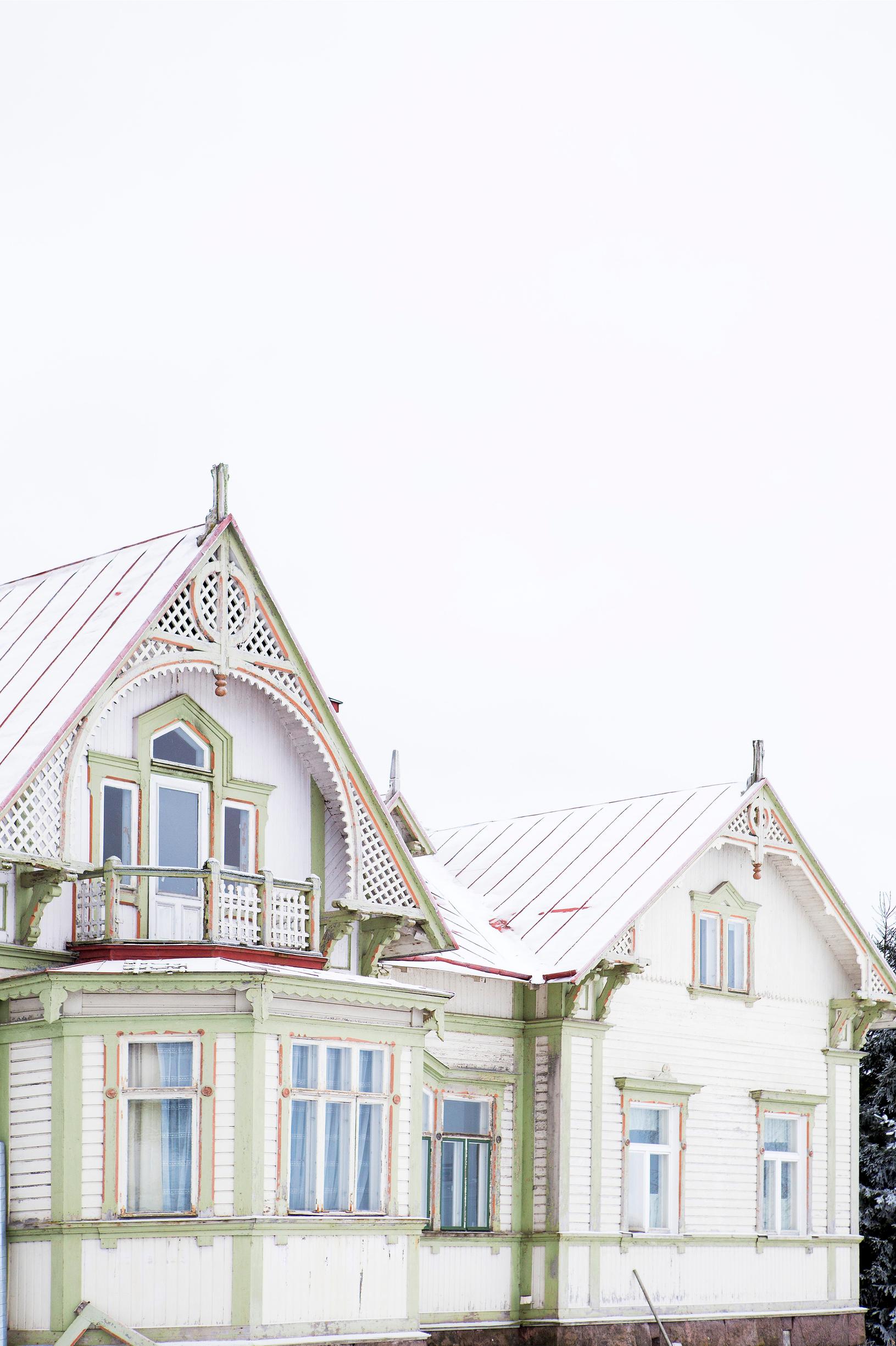
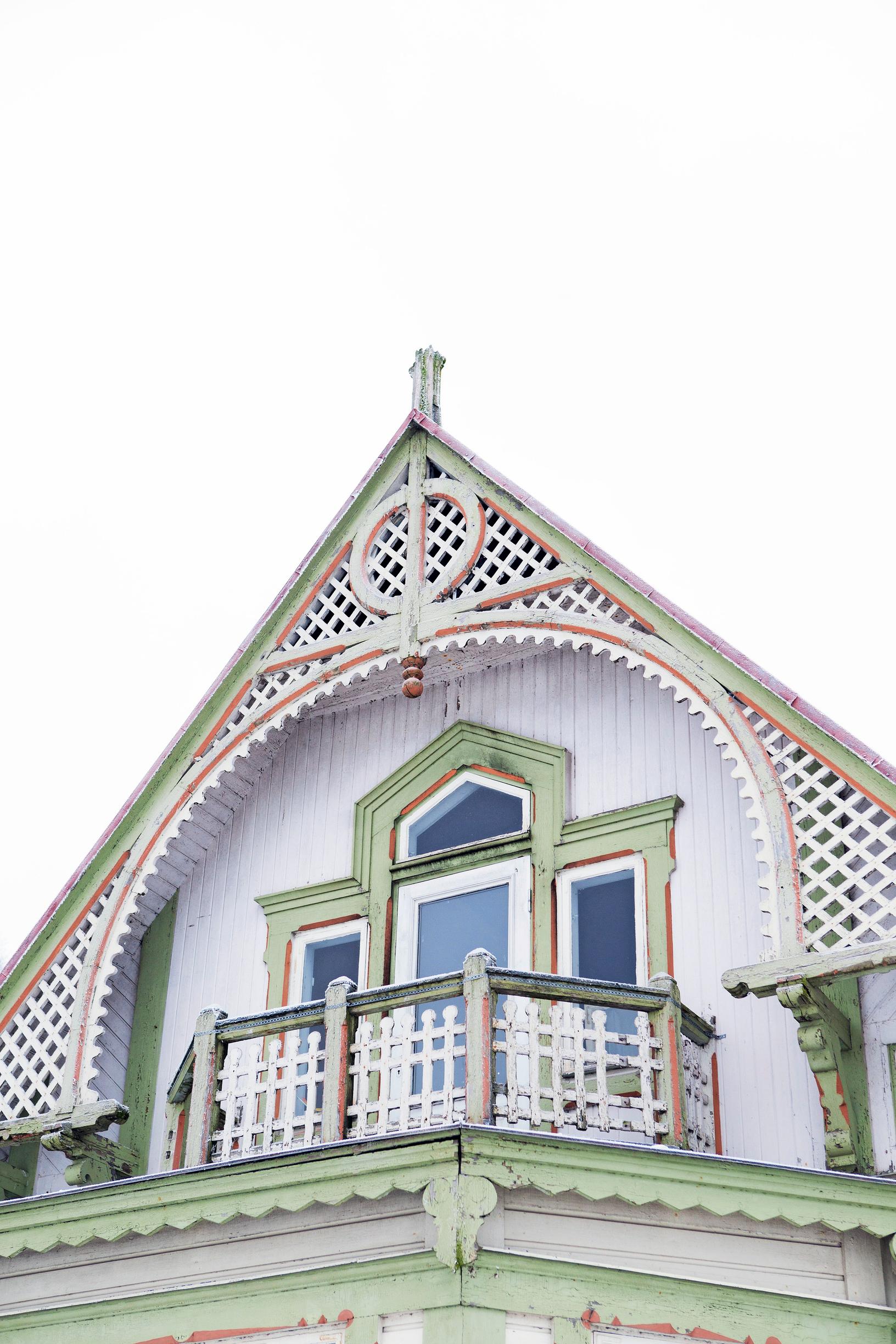
Completed in 1900, this 650-square-meter house—built largely by trial and error—also has a bakers’ cottage from the 1700s and a log-walled barn dating back to the 1880s.
“The size of the house never scared me”
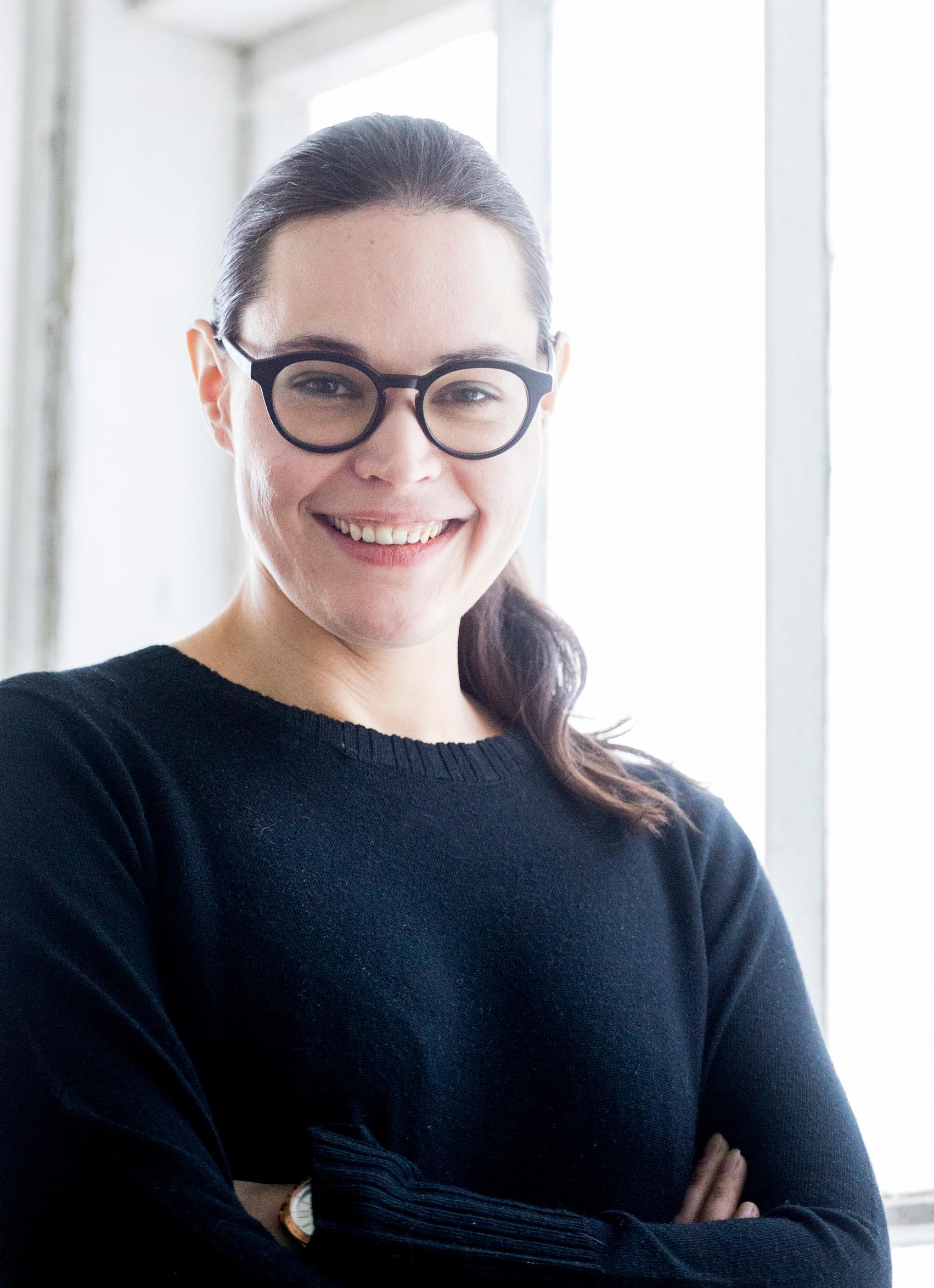
Optician Anna Mariasik places another log in the tiled stove. Although the house is warmed by a wood-pellet boiler and stays cozy on a cold winter’s day, she lights a fire for ambiance—and to keep the ventilation working well.
In a house this large, you can choose which tiled stove to light. Altogether, there are nine working fireplaces, eight of them original tile stoves that Forselius had shipped from Italy.
”I had zero renovation experience before moving here.”
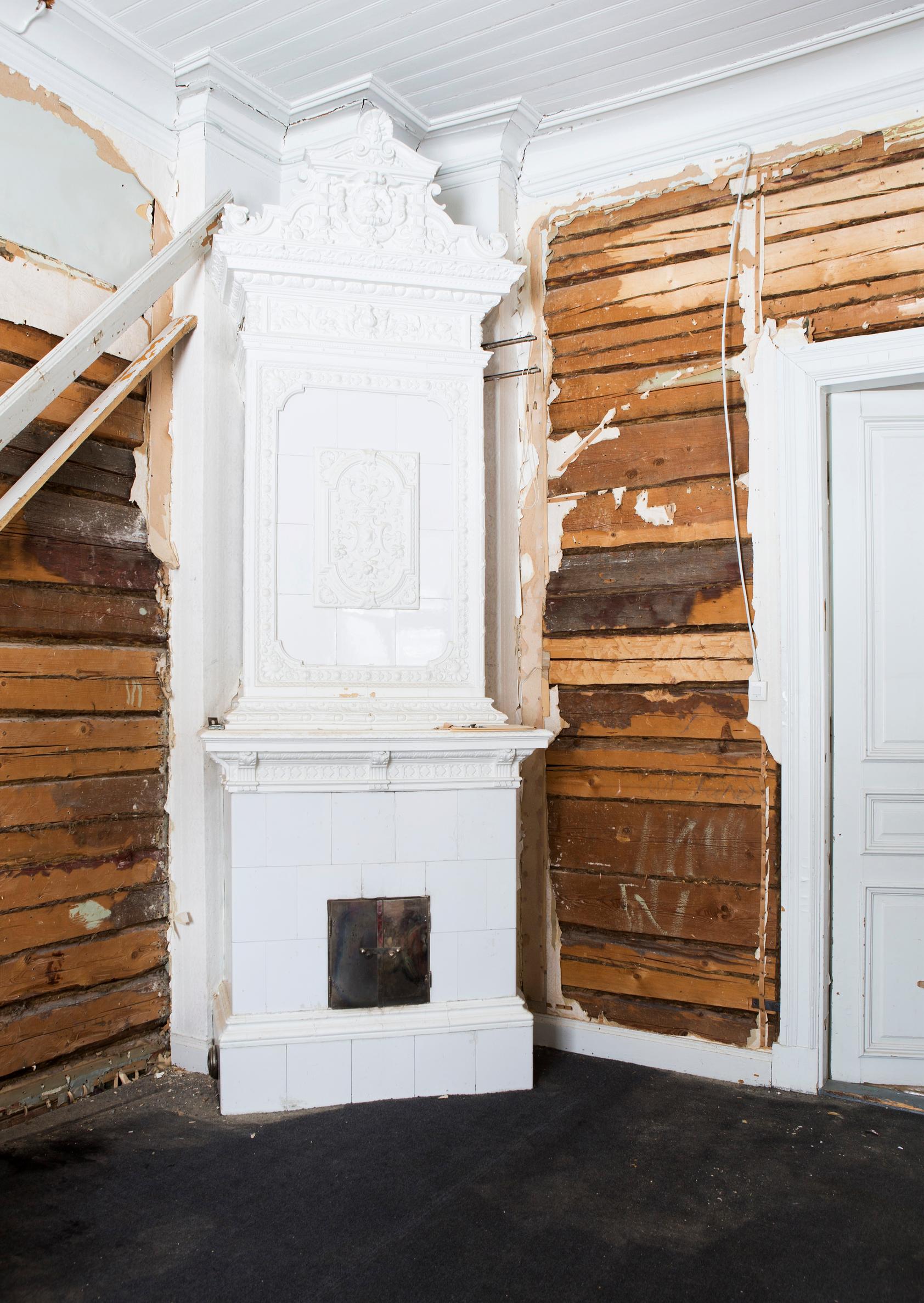
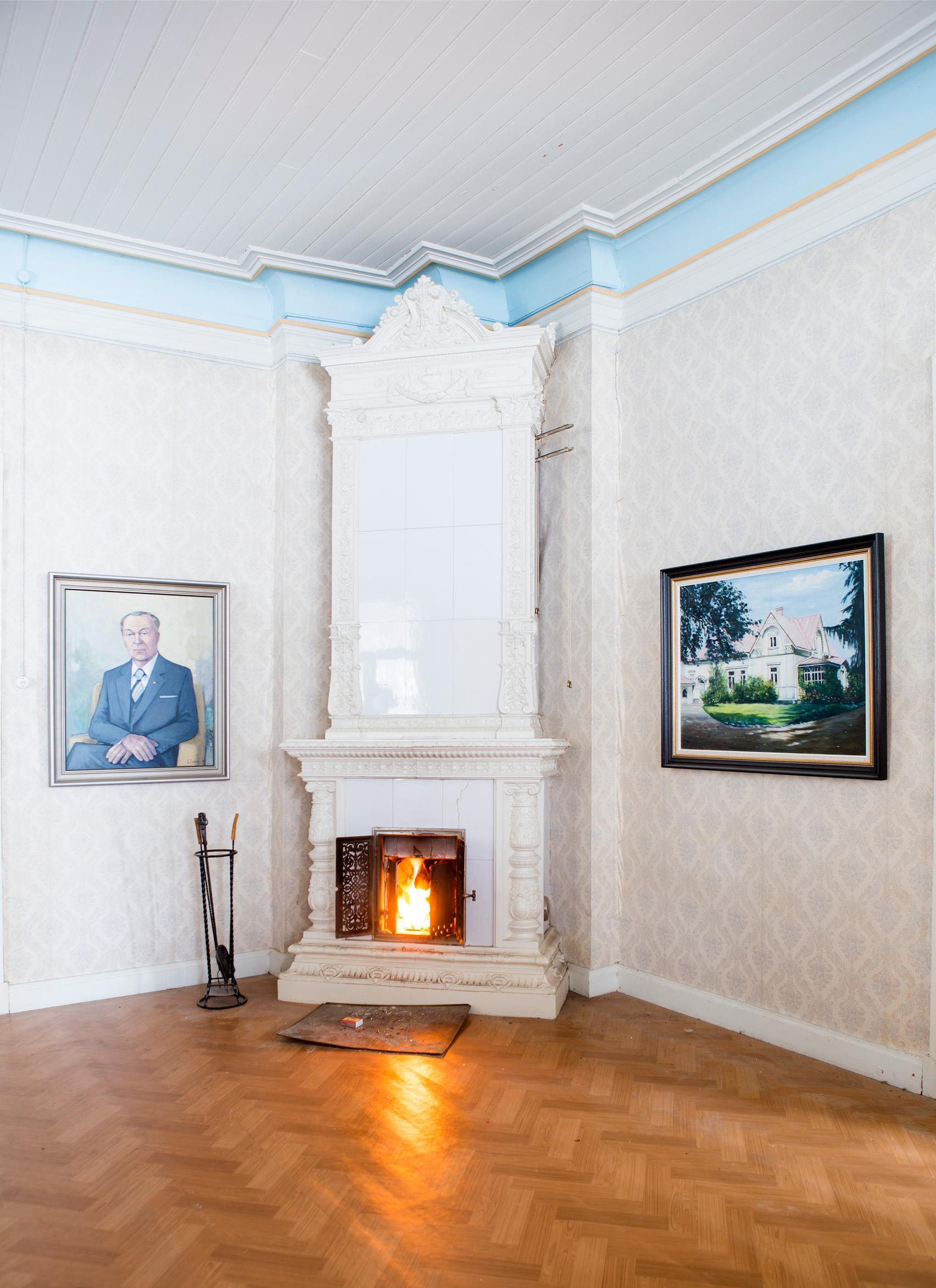
Last summer, the Forselius house got a new mistress when Anna moved in.
“The size of the house never frightened me—it’s wonderful!” Anna laughs.
If Forselius walked in now, Anna would thank him for this marvelous house.
“I’m doing my best to save it. At least now the house feels alive again.”
And alive it is. Anna’s three children, Jan, 7, Aniela, 5, and Senja, 3, jump on the sofa, grab ham from the fridge, push one another in carts, and run loops around a huge living room. Tyyne the dog is outside cooling off.
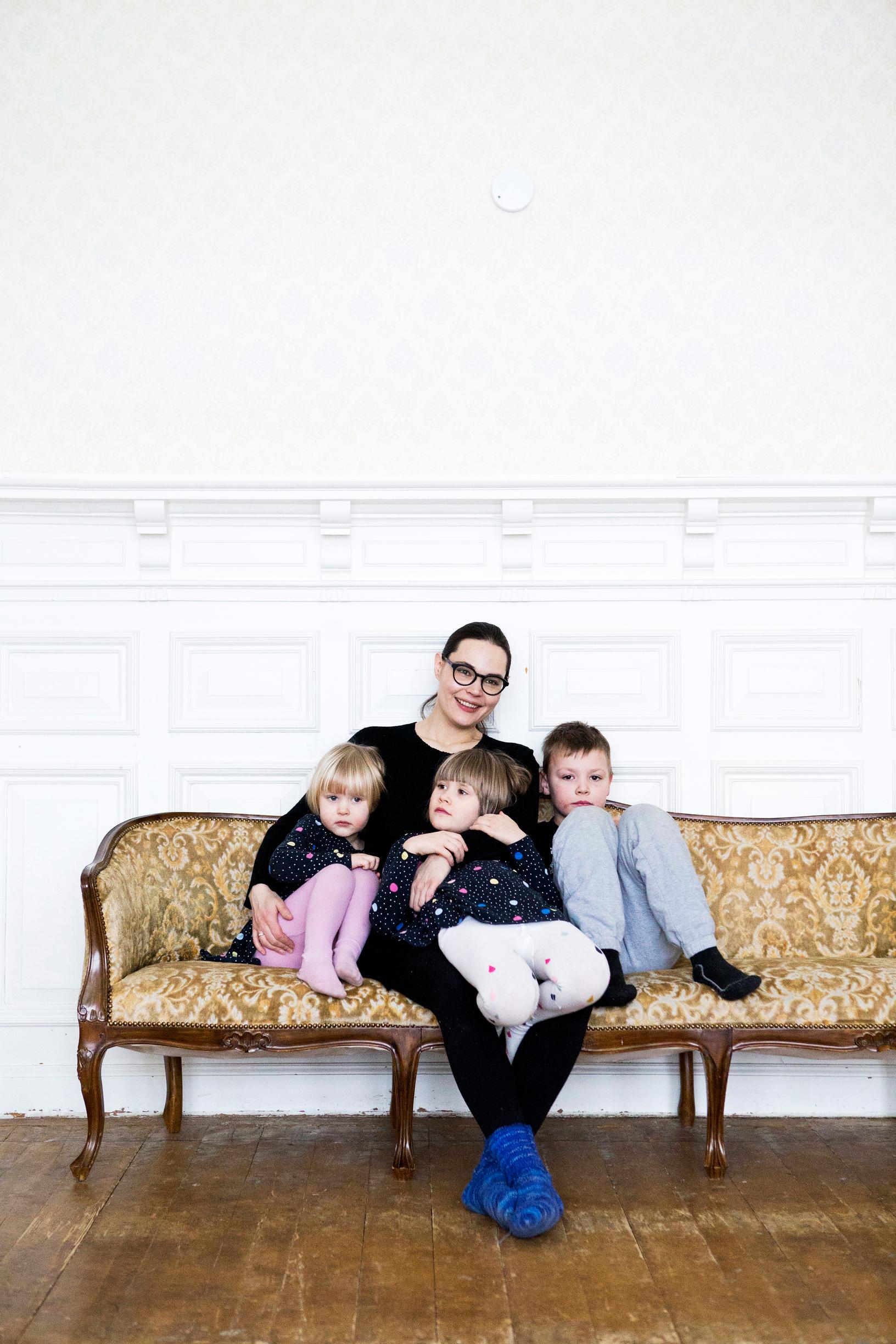
Anna works as an entrepreneur in optics, often six days a week.
“After work, it’s wonderful to come home, even if it’s a total mess. I light a fire in the stove, take a deep breath, and then begin my second workday—with the house and kids.”
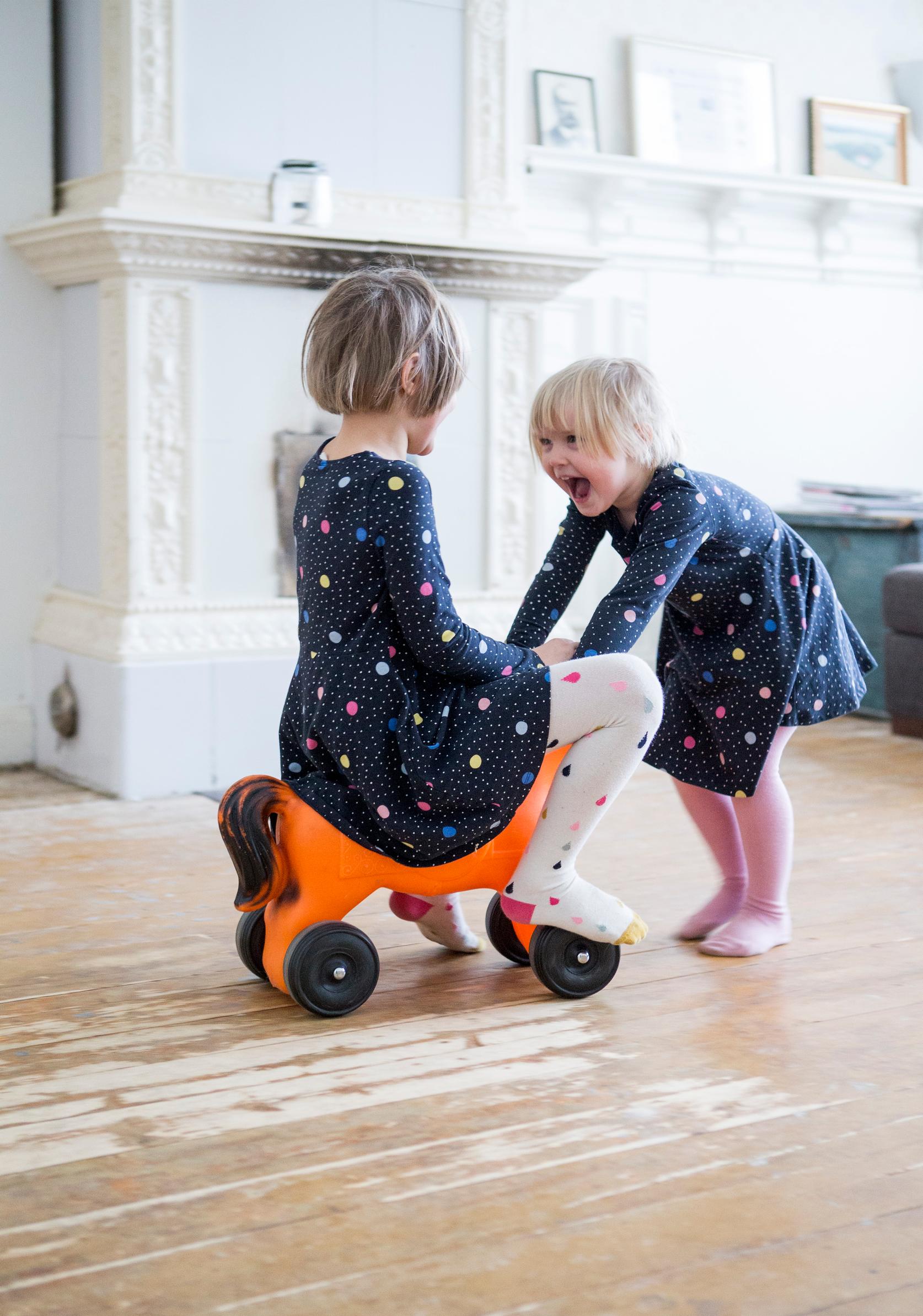
360 square meters to renovate
Anna jokes that she’s “the crazy person who bought a 120-year-old rundown manor and is now trying to manage with it.” She doesn’t know where the Finnish phrase about a madman in Huittinen comes from but says she might be its female counterpart.
When they moved here last fall, Anna had a partner. Now she doesn’t.
“The separation slowed down renovations, but friends have pitched in a lot and will continue to help.”
She has “only” 360 square meters to fix, even though the entire villa is nearly twice that size. The previous owners had begun renovating a few unused upstairs bedrooms, so those are in good shape. Anna and the children, however, decided to live downstairs, where the kitchen, living room, bedroom, and foyer are. But what does a family of four do with all those extra rooms?
“My big plan is for the house to also generate income, not just be an endless money pit. I want to set up lodging and meeting rooms. I can see yoga retreats or other wellness camps here. The big hall would be a gorgeous space for events of every kind,” Anna says.
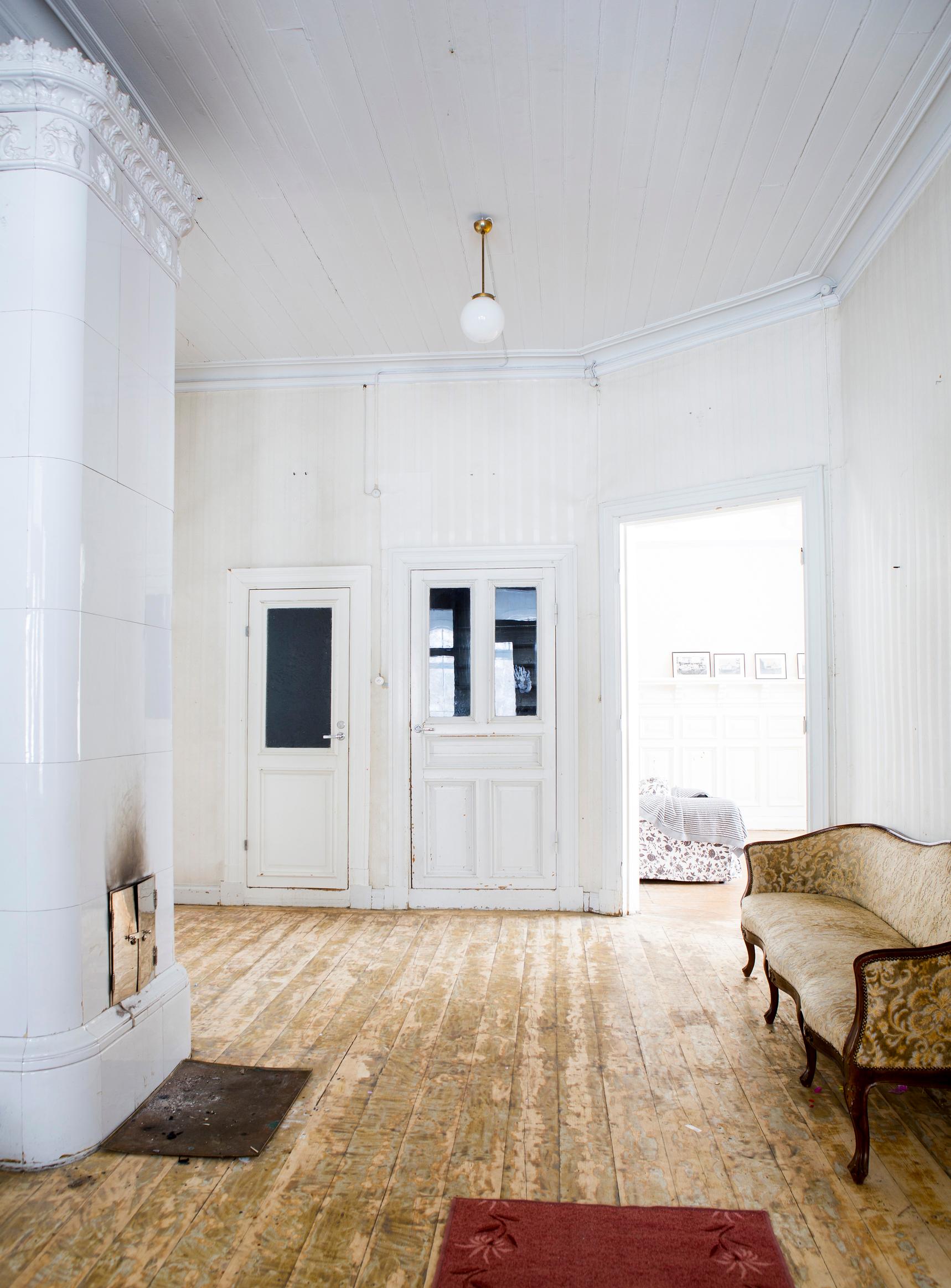
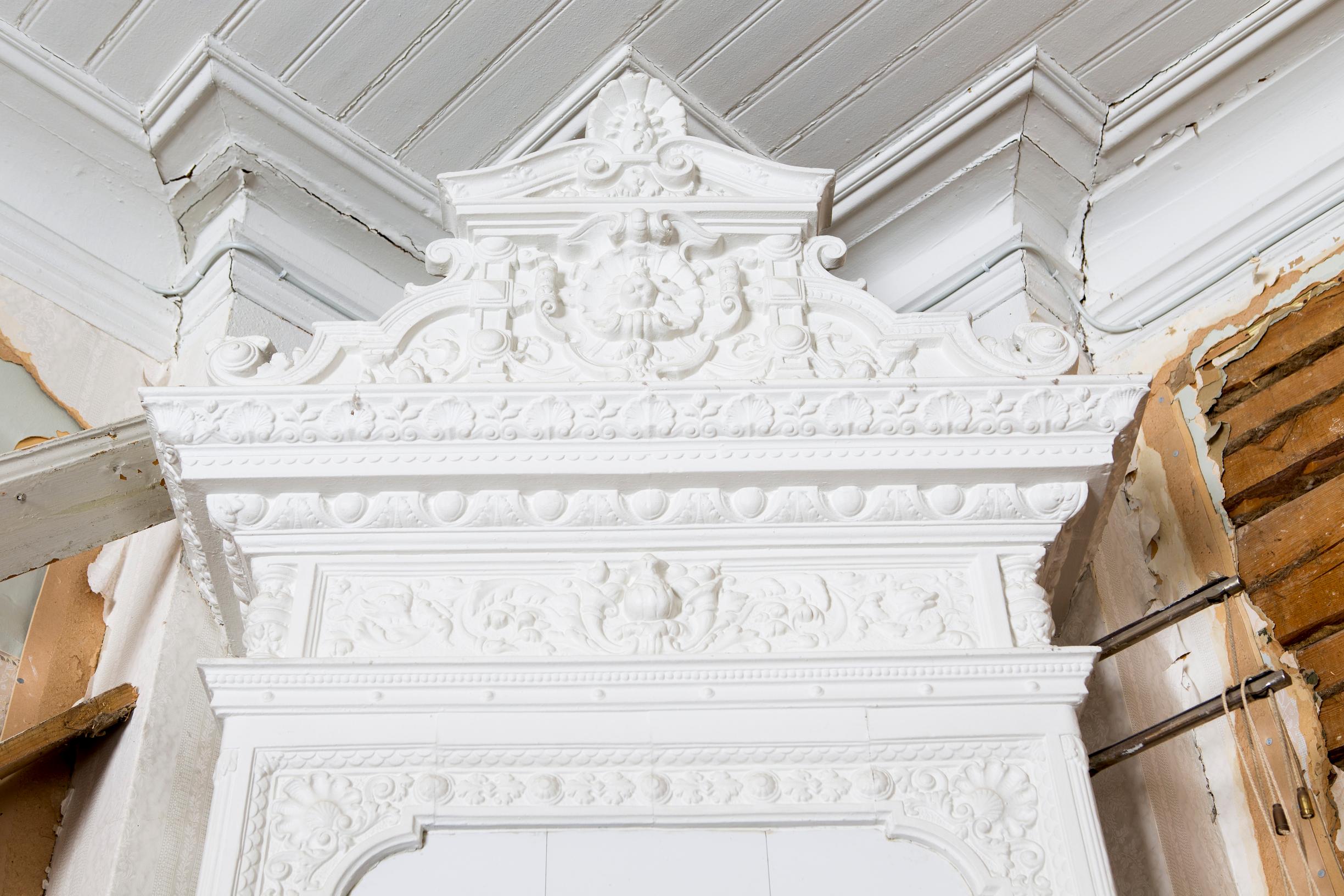
Hosting celebrations fits the house’s heritage. Forselius never lived here year-round but built it for entertaining guests. It’s believed he intended to retire here, but he died in 1905 at the age of 66, only five years after completing the house.
Forselius was an active and apparently curious person, learning new things throughout his life. He worked as a bank manager, a parliamentary representative, and a business school director. In 1868, he established Finland’s first agricultural supply and machinery store in Turku. He also expanded poultry farming and published the Friends of Poultry Farming society’s magazine.
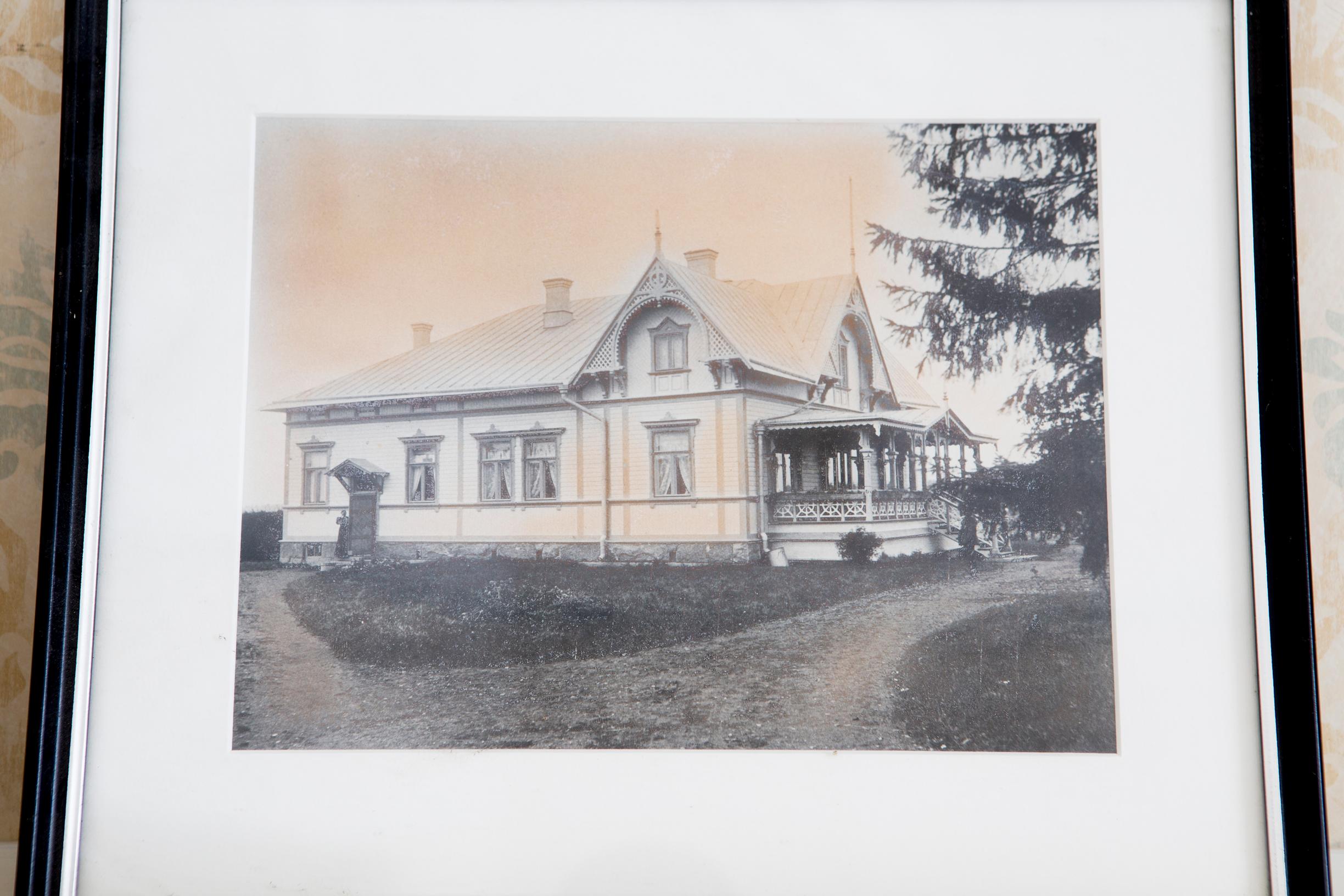
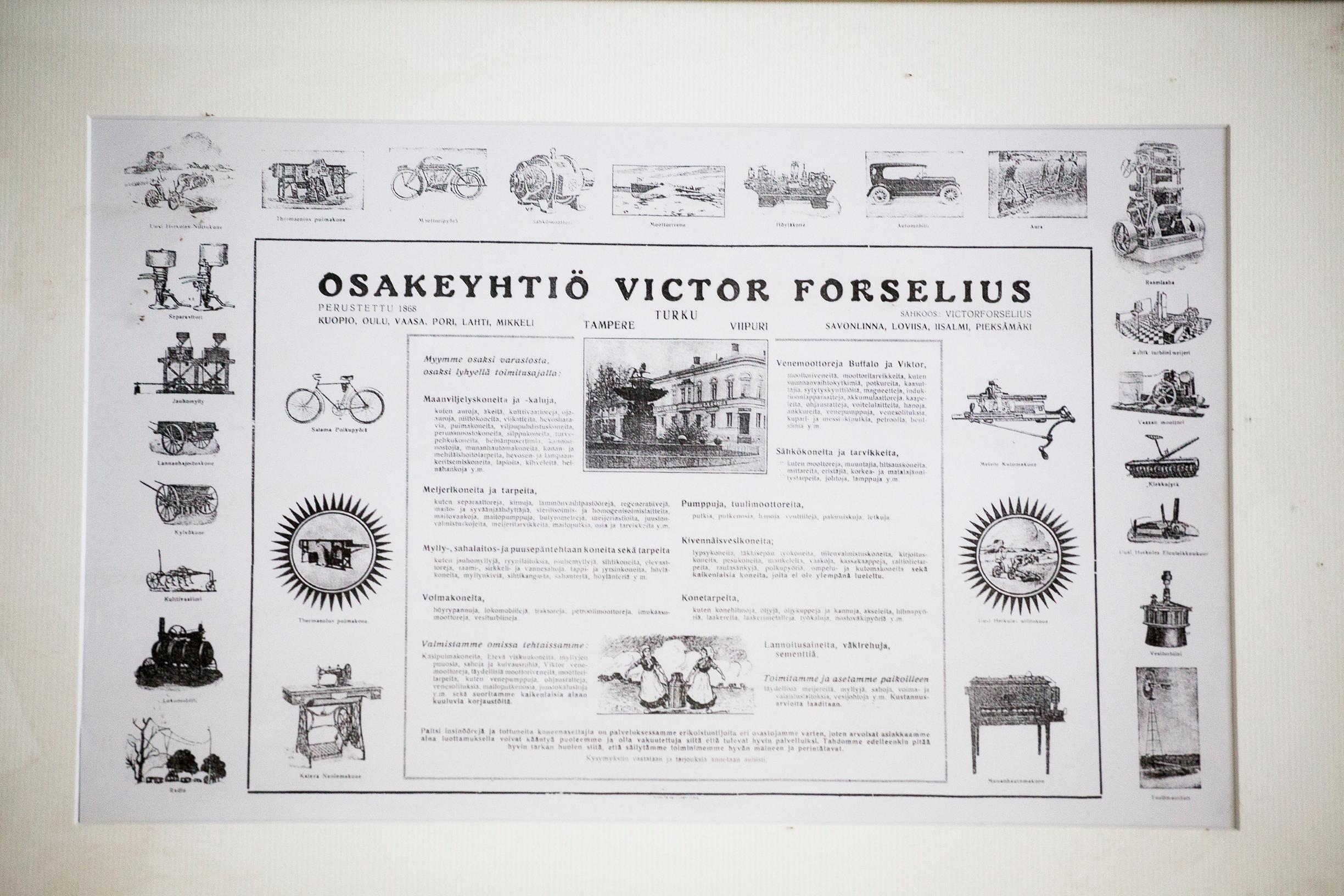
Forselius may have been the first person in Finland to own a car—or at least among the first. His Benz Velo Comfortable arrived from Lübeck the same year the villa was completed. Villagers must have been amazed by the noisy automobile chugging into the farmyard. Today, Anna’s modern car waits outside to take her around as a traveling optician.
Renovations will take decades
Even though the paint on the façade is peeling, the veranda’s windows and frames need fixing, intricate wood carvings are crying out for restoration, and some new boards have been fitted here and there, the villa remains enchantingly beautiful. At one point, moisture got into a downstairs room and part of the great hall’s wall, causing rot. Those sections of the exterior wall have now been replaced.
“We didn’t have a thorough inspection done before buying. But after the purchase, Finnish Building Conservation came over and said the house was in surprisingly good shape.”
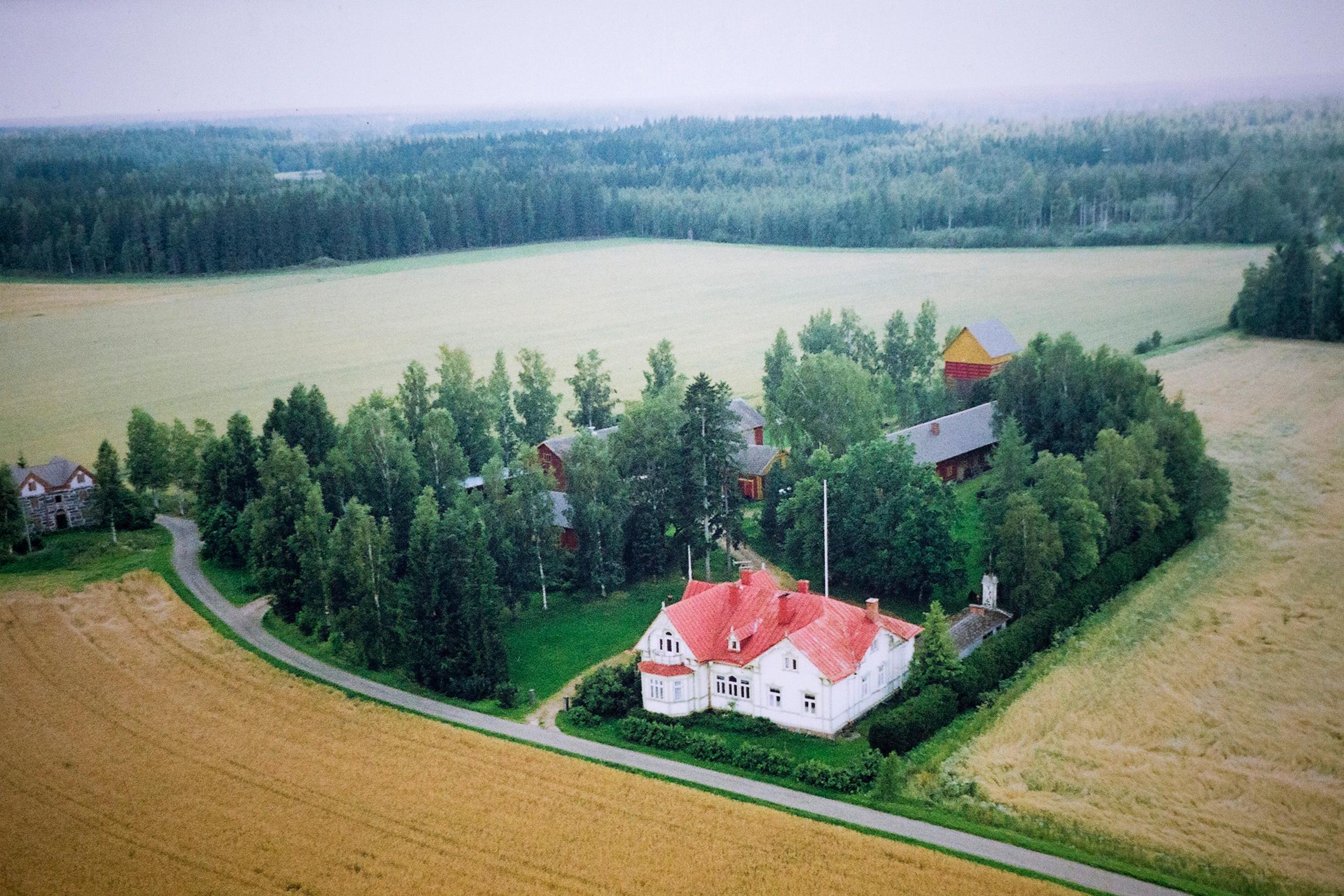
Other, less urgent renovations are scheduled for the coming decades. The most expensive job will be replacing the roof in a few years. Roofers will face a challenge with all the ridges and chimneys on this massive house.
Anna has relied on a trusted professional from the start. Esa Laine installed a new plank floor in the kitchen and fitted the mint-green 1950s cabinets Anna found for 200 euros on an online marketplace. The floorboards came from an old barn. Laine pulled up the flooring, removed the old insulation in the crawl space, and replaced it with eco-friendly materials. Anna’s children remember those weeks of kitchen renovations as a time of daily fast-food runs.
Grandpa Taisto has also helped a great deal. Anna does whatever she can herself.
“I had no renovation experience before this, but I’m good at looking up information and learning. The work itself has been my teacher. Panu Kaila’s books on traditional building are my bibles.”
Anna quietly hopes that one day Dr. Kaila might visit Forselius’s house.
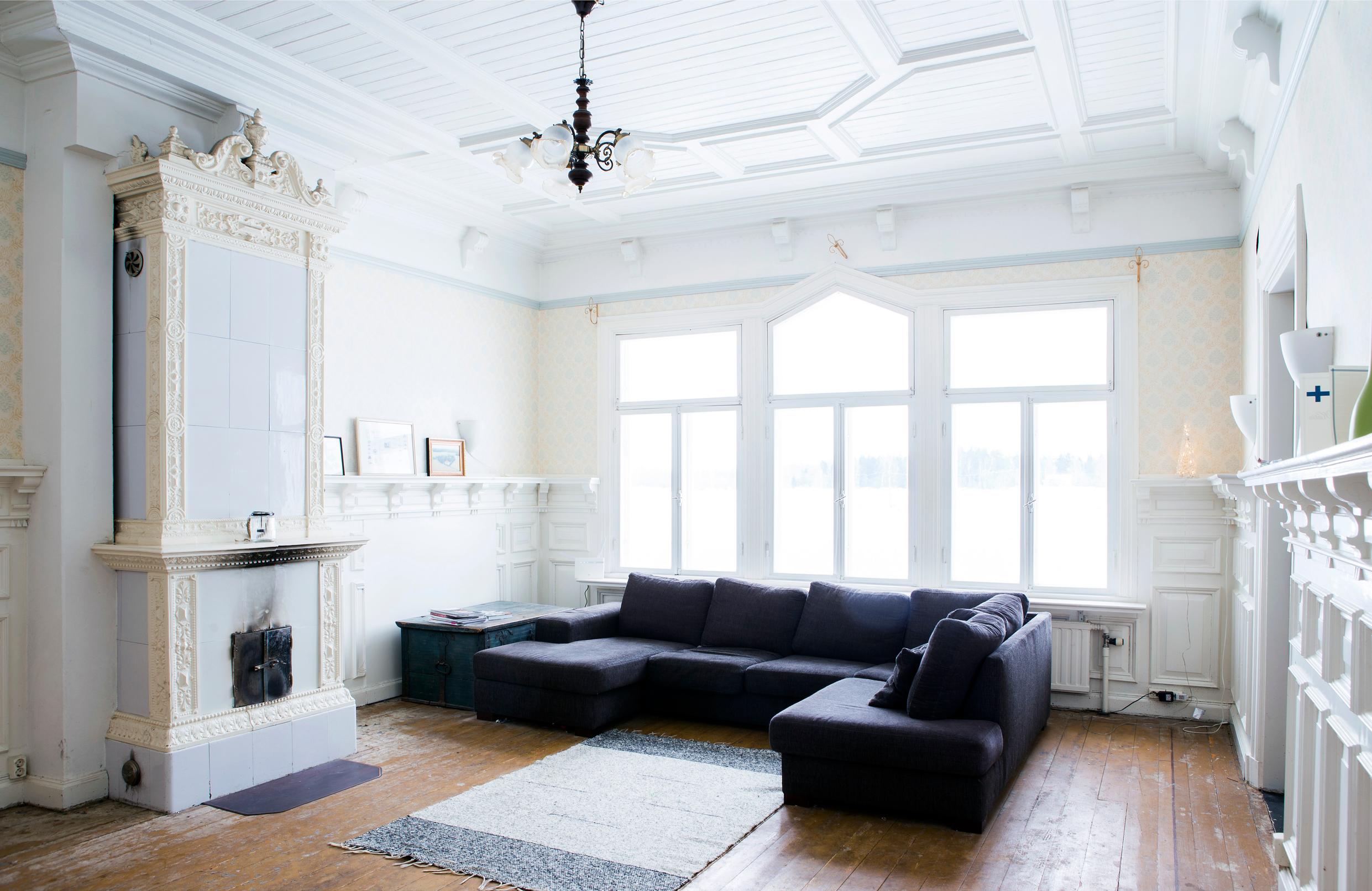
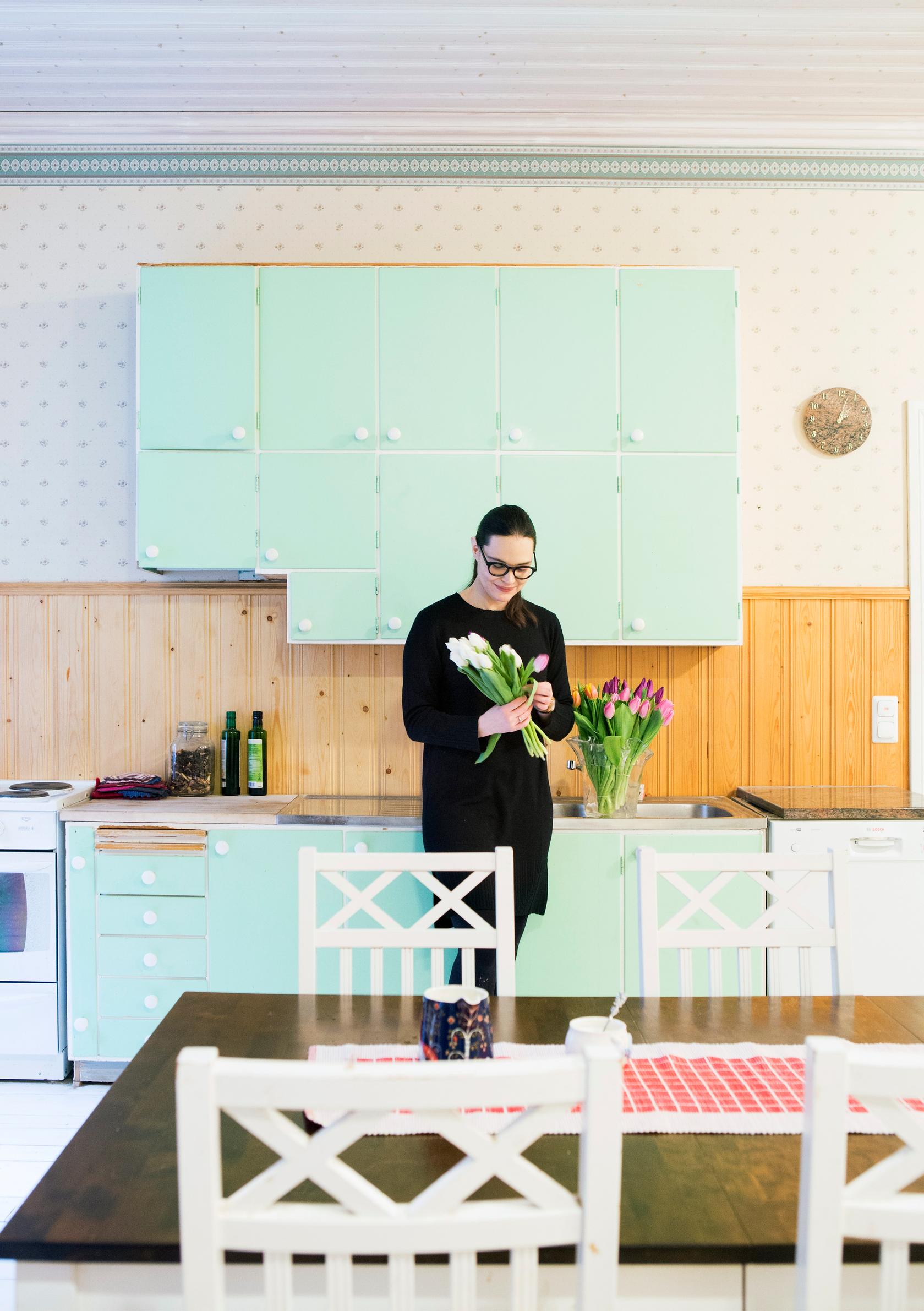
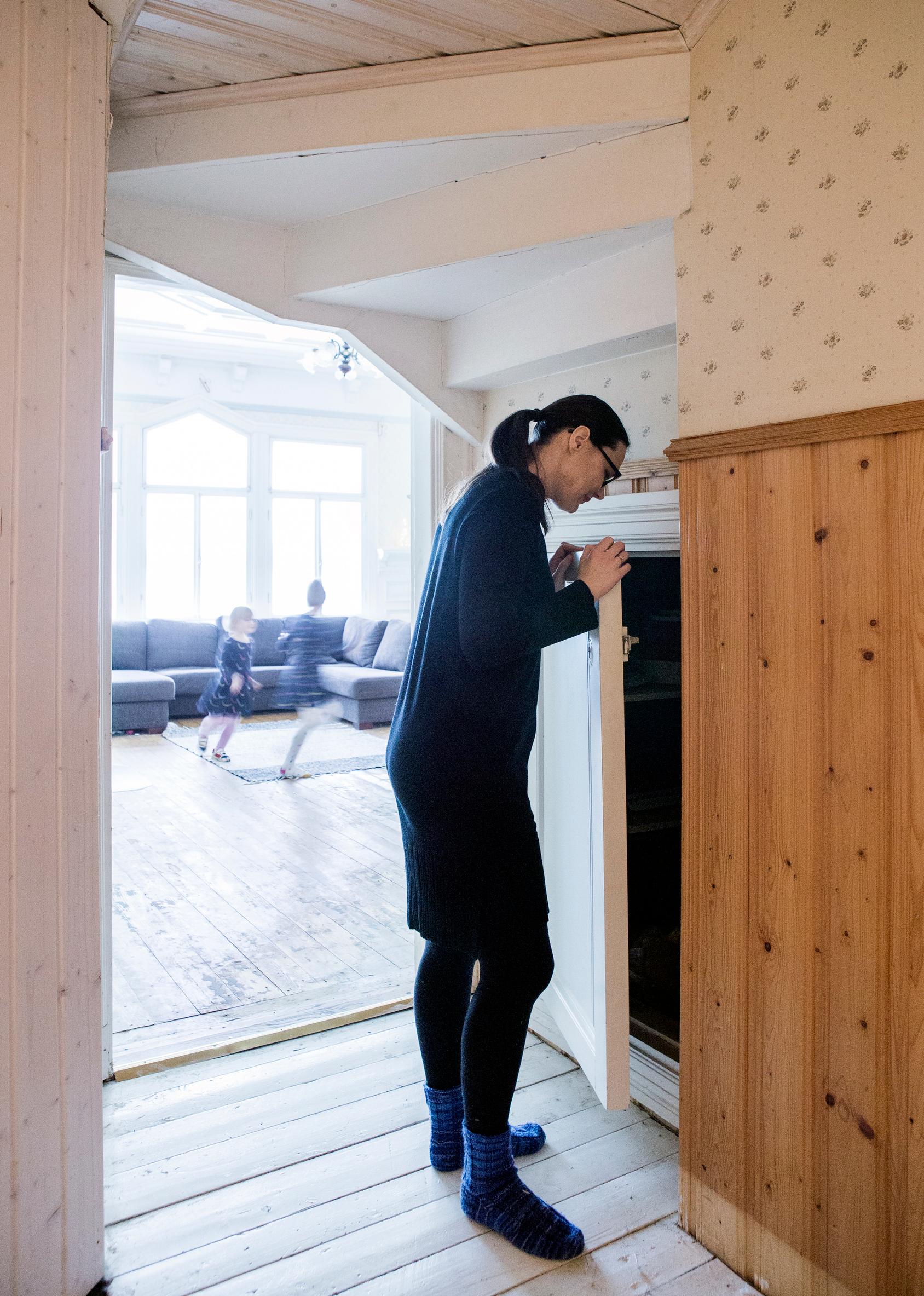
The house is protected by the Finnish Heritage Agency as part of a nationally significant built environment.
“You’re not allowed to alter the exterior or structure without the agency’s permission. The interior isn’t protected, so I can pretty much do what I want indoors,” Anna says.
Any repair that affects the exterior requires a detailed plan, including who will carry it out and what it will cost. Work can begin only when the agency approves the plan, but they can also grant financial support.
”It’s better to chase your dreams than risk never realizing them.”
Anna doesn’t have a fixed renovation budget. She just tries to do everything sensibly and sustainably. She could sink a million euros into it, but she hopes to restore the house with a couple of hundred thousand or, ideally, even less.
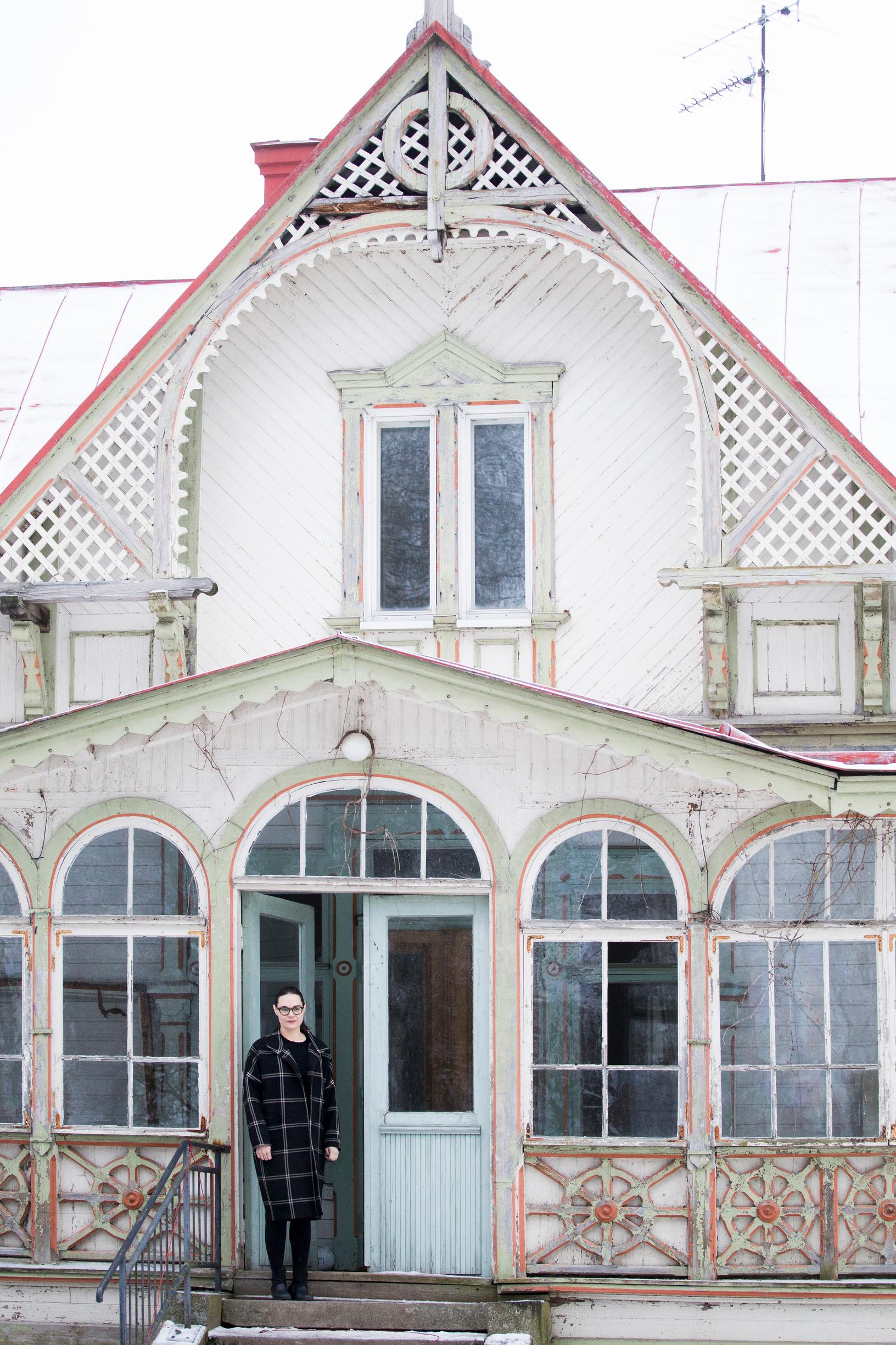
The huge roof will be replaced in sections. The windows will be restored gradually, along with other work. Aside from the roof, everything else is relatively affordable.
“I don’t have a written renovation plan; it’s all in my head. I regularly discuss my plans with the Heritage Agency,” Anna explains.
She says she’s grateful to Forselius for many things.
“For example, the downstairs floors—except for the kitchen—are original, clearly built on a generous budget. They don’t need to be ripped up, and the house hardly feels drafty at all.”
Many generations have crossed this threshold
Moving from an ordinary house to owning this enormous villa was a major change for the family. They don’t exactly live in town either—the nearest shop is five kilometers away. The family remembers their first night at the villa: The silence was total. Later, they realized they might sometimes hear a mouse scuttling.
Anna had dreamed of an old house for years. That dream came true the moment they stepped into Victor Forselius’s home—it clearly wanted them to move in.
“I love the patina of an old place and the history that comes from so many generations walking over the threshold. That’s something a new house can’t have.”
Settling in has been easier because the local people have given them such a warm welcome. Many have expressed how glad they are to see this special house lived in again.
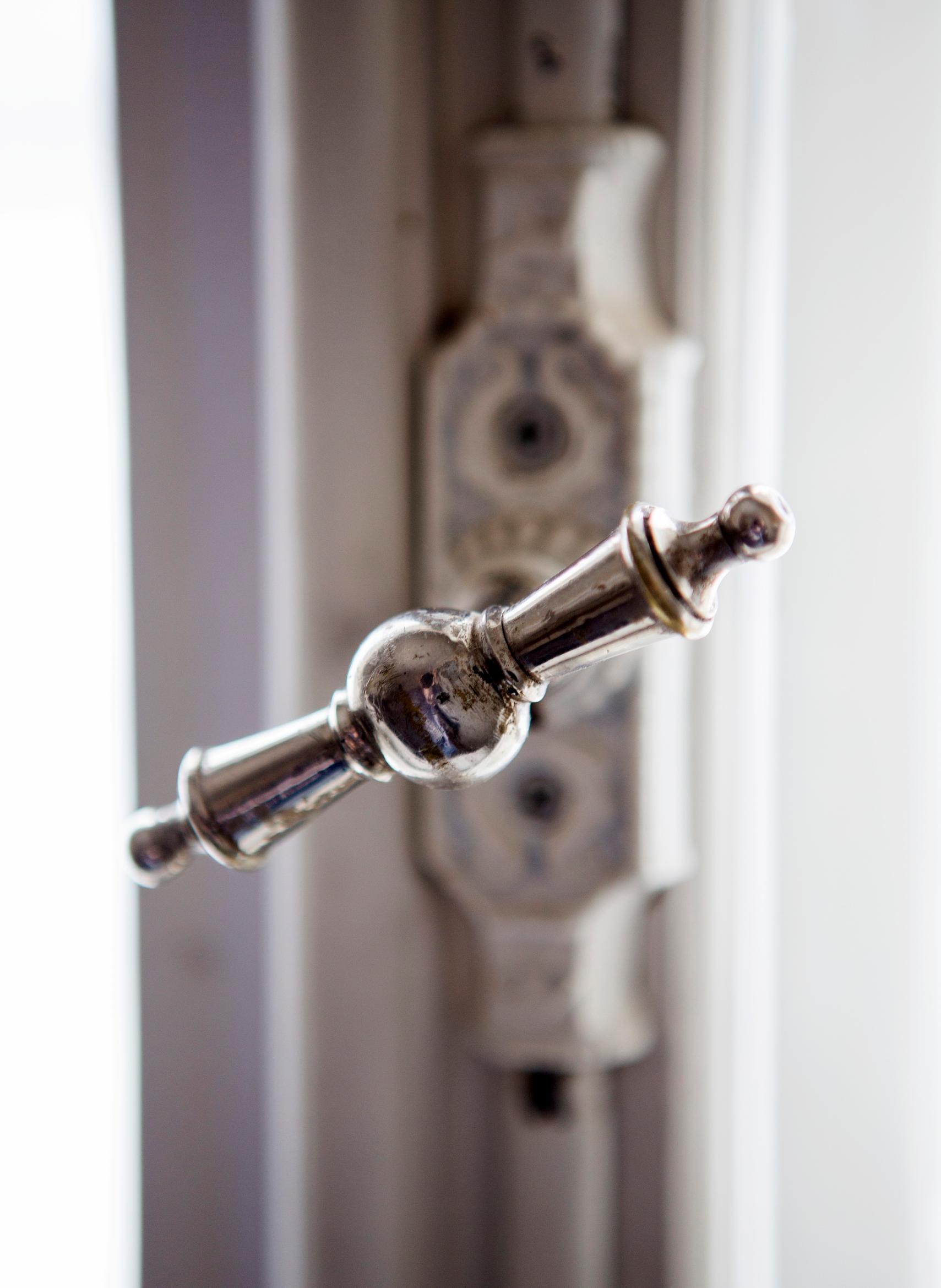


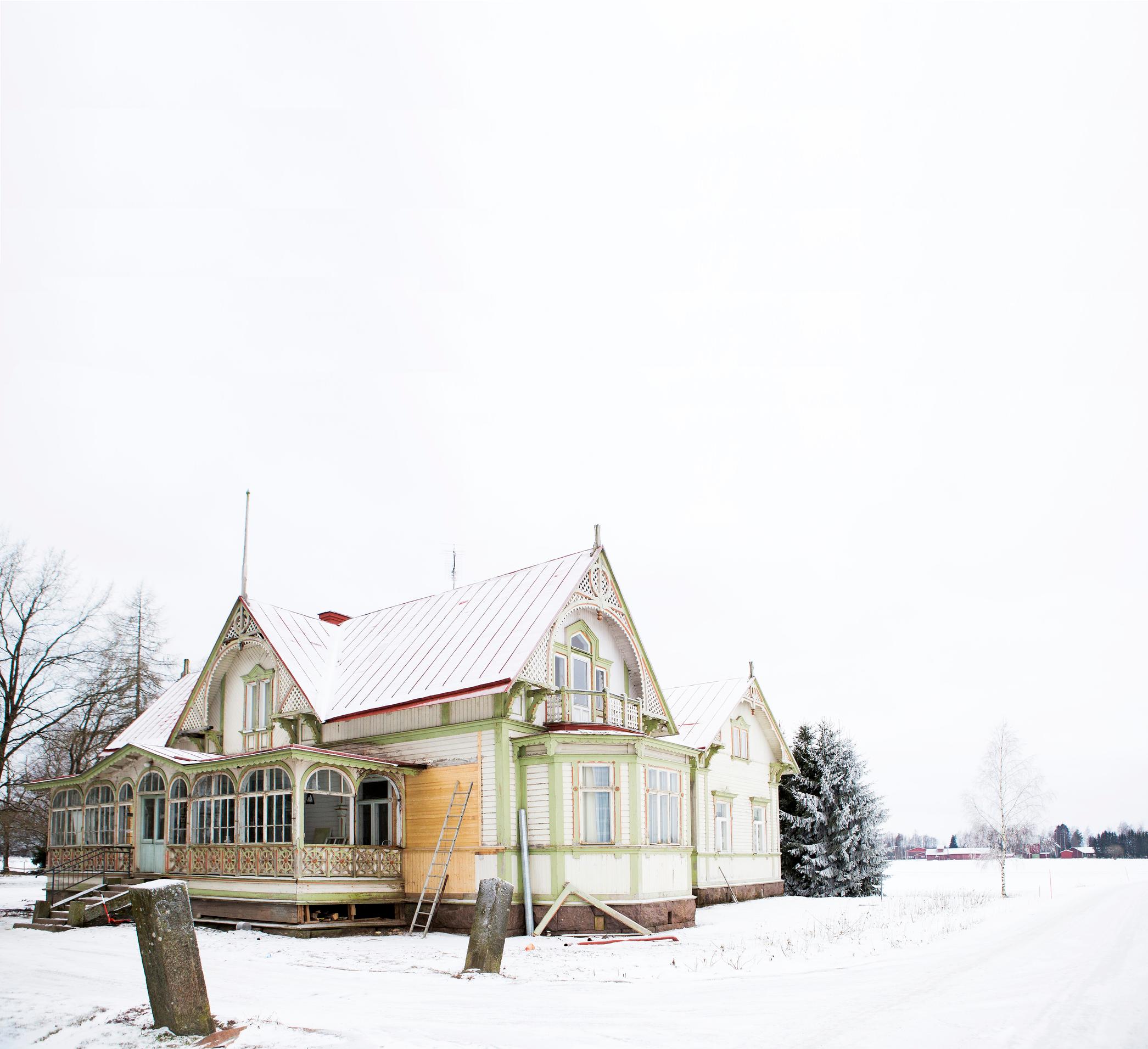
Like Forselius, Mariasik also juggles many ideas. One of her dreams is a pellet-heated smoke sauna. It would sit in the yard, ready for her own family or future guests.
“My love for old houses comes from my mother, who would’ve adored this place. She passed away a couple of years ago in her fifties, and partly because of that I felt bold enough to take on this wild dream. You never know what life holds, so better to make your dreams happen than leave them to fade.”
Source: Text by Anna-Maija Soro: “Victor Forselius, an overlooked Finnish influencer”
